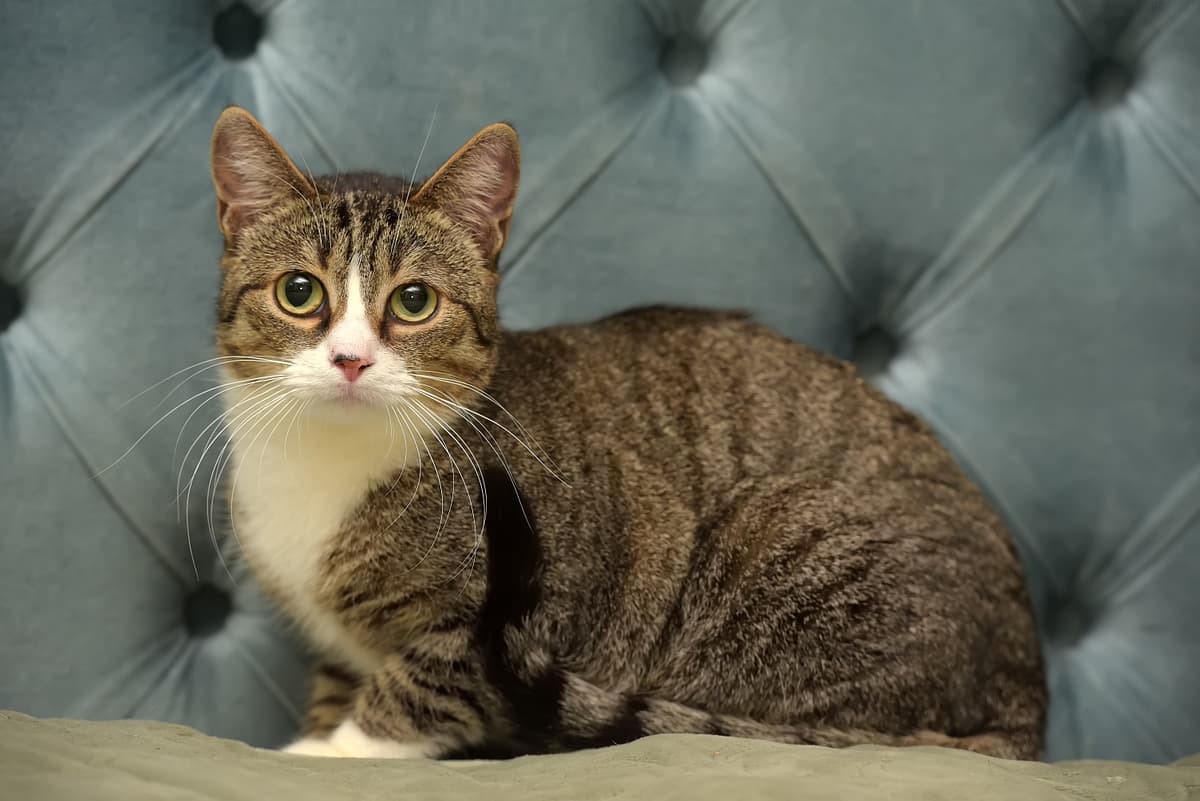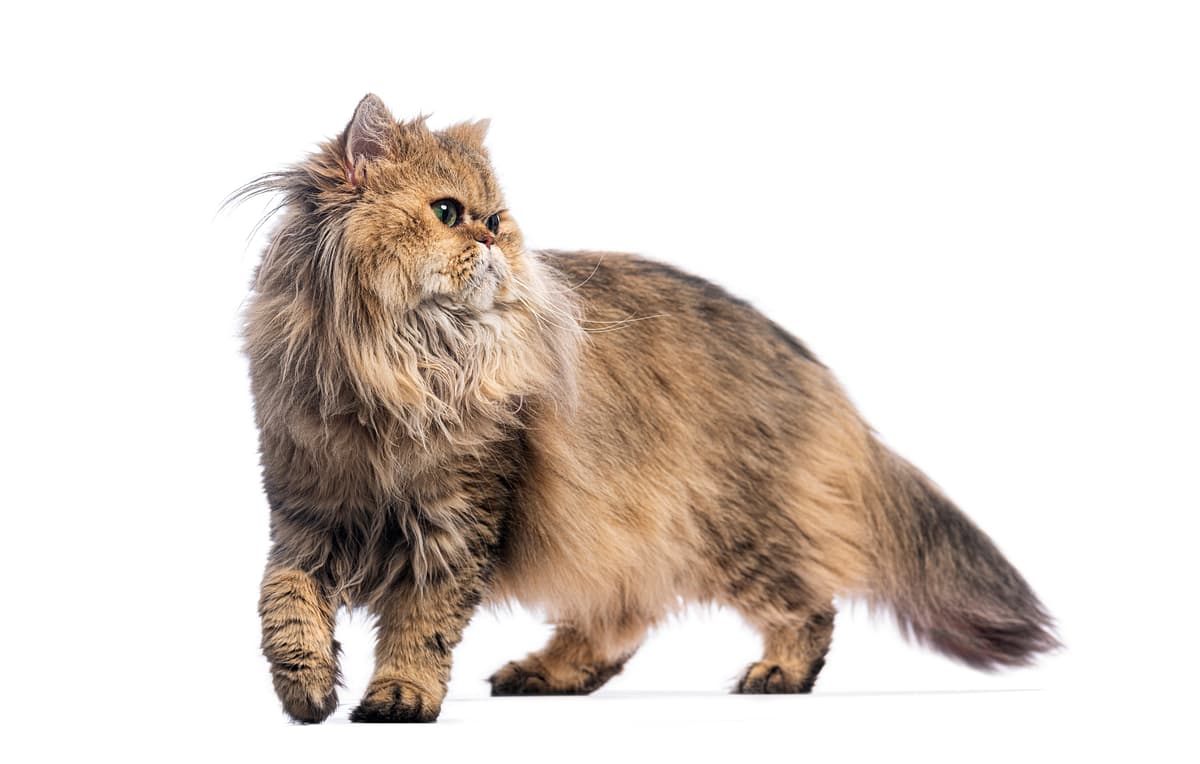European Shorthair vs Persian
Discover the differences between European Shorthair and Persian to make the best choice for your situation.
Try different breeds

European Shorthair
Adaptable, playful, and affectionate, this breed thrives in both quiet homes and active families. European Shorthairs are known for their intelligence, curiosity, and easygoing companionship.

Persian
Luxurious long fur, expressive eyes, and a calm presence define this affectionate breed. Persian cats thrive as gentle companions, bringing quiet elegance to any home.
Quick comparison
Medium
4–7 kg
Shorthaired, dense
14–20 years
3–5 kg
Moderately active
Medium
3.5–6.0 kg
Longhaired, dense undercoat
12–17 years
3.0–5.5 kg
Low activity needs
Personality & behavior
Compare the personality traits and behavioral characteristics of both breeds.
European Shorthair
Enjoys social contact, usually tolerant with people
Learns routines and tricks with relative ease
Moderate activity, enjoys play but not hyperactive
Likes interactive toys and regular playful activity
Adjusts well to changes in environment or routine
Persian
Affectionate and gentle with family members
Learns routines but not highly problem-solving
Prefers lounging over being active
Enjoys quiet play, not very lively
Adjusts to change but prefers stability
Care needs
Exercise, grooming, and daily care requirements
European Shorthair
Hypertrophic cardiomyopathy, dental disease
Persian
Polycystic kidney disease, respiratory issues
Suitability
How well each breed fits different living situations and families
European Shorthair
Easy to manage
Adaptable and generally easygoing, suitable for those new to cat ownership
Suits apartments
Comfortable in smaller spaces if given enough stimulation and play
Fits active homes
Enjoys interactive play and can keep up with busy routines
Good with children
Patient and tolerant, copes well with gentle, respectful children
Gets along well
Social and non-aggressive, usually coexists peacefully with other pets
Not best alone
May get bored or lonely if left alone for extended periods
Persian
Good choice
Their gentle temperament suits new owners but grooming needs require extra commitment
Excellent fit
Low activity level and quiet nature are well-suited for small living spaces
Not ideal
They prefer calm environments and may be stressed by frequent noise or activity
Generally suitable
Patient and tolerant, but supervision with very young children is recommended
Usually compatible
Can get along with other pets if properly introduced and socialized
Poor choice
Persians dislike being left alone and may develop stress or behavioral issues
Breed strengths
What each breed excels at and their best qualities
European Shorthair
- Adaptable to various living environments
- Generally healthy with robust constitution
- Good mouser and natural hunter
- Social but not overly demanding
- Low grooming requirements due to short coat
Persian
- Gentle and calm temperament
- Affectionate with family members
- Adapts well to indoor living
- Low prey drive and minimal hunting
- Quiet and rarely vocalizes
Challenges & considerations
Potential challenges and considerations for each breed
European Shorthair
- Can be territorial with other cats
- Prone to boredom if under-stimulated
- May be shy with unfamiliar people
- Needs regular activity to prevent obesity
- Independent nature may resist training
Persian
- Requires daily grooming and brushing
- Prone to respiratory health issues
- Sensitive to heat and humidity
- Regular eye cleaning often necessary
- Can be less playful than other breeds
Ready to choose your perfect breed?
Learn more about each breed or compare other breeds to find the perfect match for your lifestyle.
Discover more helpful tools
Make use of our other free tools to get the most out of your pet experience
